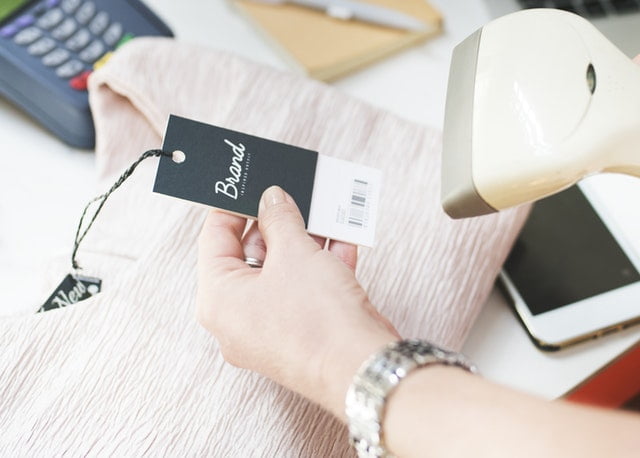
To state the obvious, the past couple of months have been strenuous for retail to say the least. It has also been hugely heartening to see the industry, retailers-suppliers-staff and so many more, pull together in putting collective thinking caps on to assist vulnerable customers meet their basic needs as well as getting creative to find new and exciting ways to reach and engage with customers.
Hypothetically speaking
What also has to be commended is the resilience, patience and positivity of our grocery retailers and pharmacies in the face of customers’ fears, fraying frustrations and disregard (whether naïve or intentional) for social distancing guidelines. The Government have released their own “Return to work safely” but at 29 pages, how much of it can actually work in real life?
Retailers in all areas have two big questions at the forefront of their minds, a) how to recoup some of the losses from the last few weeks of physical stores being closed and b) how to keep staff and customers safe while doing it?
What we do know is the measures put in place and valiantly maintained by grocery retailers and pharmacies over the last few weeks will now be the standard. But how much further will that go as retailers, and society, move from the hypothetical to the reality of retail in a socially distanced world?
But how will it actually work?
It’s a proven psychological quirk of human beings that we remember those who break rules or social standards and not those that follow them. As a retailer, suddenly everything about your physical store; the store entrance, the width of aisles, the space near checkouts, the density of people in-store are going to come under intense scrutiny. Is tape on the floors, reduced shopping baskets available and plexiglass screens the extent of what’s needed or only the start? Globally, some interesting solutions are being proposed, with Apple and Best Buy trialling appointment bookings for in-store services while IKEA has enabled virtual queuing and remote kitchen planning sessions. While these obviously use more resources in terms of infrastruture and roll-out, it does remove the stress of retail staff being responsible for enforcing physical distancing in store and have the added benefit of a more personalised, premium service.
Communication breakdowns?
Whatever way shops decide to implement the guidance, communicating the new shopping etiquette to ensure adherence without alienating or frightening customers is going to be critical. In-store, again as has already been proven in the grocery sector, non-verbal/ non-direct communication is equally important – from choice of music to tannoy messages to the type and amount of signage. Messaging needs to be transparent and frequent to reinforce rules to customers. Digital communication has proven critical over the last few weeks as social media has been in many cases the only ‘socialness’ people have. It will continue to be crucial as brands strive to extend their influence in the customer journey beyond just the basics and return the idea of shopping to a pleasure activity, even with social distancing in place.
Retail is and will remain a people-centred business and now more than ever it will be crucial that retailers of all sizes put the needs of people, customers and colleagues at the heart of what you do.


